Cooking
46 dried herbs and spices
Achiote
Allspice
Anise
Asafoetida (Asafetida)
Bay Leaves
California Bay Leaf
Caraway Seeds
Cardamom
Cayenne Pepper
Celery Seeds
Chia Seeds
Chili Flakes
Cinnamon
Cloves
Coriander Seeds
Cumin
Dill Seed
Fennel Seed
Garlic Powder
Ginger Powder
Gochugaru
Grains of Paradise
Kaffir Lime Leaves
Allspice
Anise
Asafoetida (Asafetida)
Bay Leaves
California Bay Leaf
Caraway Seeds
Cardamom
Cayenne Pepper
Celery Seeds
Chia Seeds
Chili Flakes
Cinnamon
Cloves
Coriander Seeds
Cumin
Dill Seed
Fennel Seed
Garlic Powder
Ginger Powder
Gochugaru
Grains of Paradise
Kaffir Lime Leaves
Loomi
Mace
Mahleb
Makrut Lime Leaves
Mustard Seeds
Nutmeg
Nutritional Yeast
Oregano
Paprika
Peppercorns
Pink Peppercorns
Rosemary
Saffron
Sage
Salt, Various
Smoked Paprika
Savory
Star Anise
Sumac
Szechuan Peppercorns
Turmeric
Thyme
Vanilla
Mace
Mahleb
Makrut Lime Leaves
Mustard Seeds
Nutmeg
Nutritional Yeast
Oregano
Paprika
Peppercorns
Pink Peppercorns
Rosemary
Saffron
Sage
Salt, Various
Smoked Paprika
Savory
Star Anise
Sumac
Szechuan Peppercorns
Turmeric
Thyme
Vanilla
COOKING sugar and spice
What Are the Differences Between Herbs and Spices?
A herb is a whole or part of plant that is used to flavor food. This is usually the softer stems or leaves of plants and can be whole, ground, fresh, or dried.
A spice is a substance that is used to flavor food and is derived from a dried plant and usually a seed, bark, or root part and is normally ground and powdered; although in some cases they may be whole seeds.
A herb is a whole or part of plant that is used to flavor food. This is usually the softer stems or leaves of plants and can be whole, ground, fresh, or dried.
A spice is a substance that is used to flavor food and is derived from a dried plant and usually a seed, bark, or root part and is normally ground and powdered; although in some cases they may be whole seeds.
Dried herbs are best used in recipes where there is plenty of time for them to cook in as they need enough time soak up some of the water to rehydrate. They first need to regain some of the water before releasing their essential oil and flavor compounds.
Herbs such as oregano, thyme, parsley, rosemary, and sage should be added towards the beginning of a cook so there is time to extract the oils which allow the flavors to fully develop.
Delicate varieties such marjoram, dill, and basil should be added closer to the end as their flavoring and oils will evaporate and leave a mild off-taste.
Over cooking all herbs and spices will lead to a loss of flavor and they should be added towards the end of slow cooking or long and slow braising.
If substituting dried for fresh herbs, you should start out with around 1/2 of the amount called for in the recipes. If this is not enough, you can always add more but it's fairly difficult to recover if you have added too much.
HERBS AND SPICES I USE WHEN I COOK
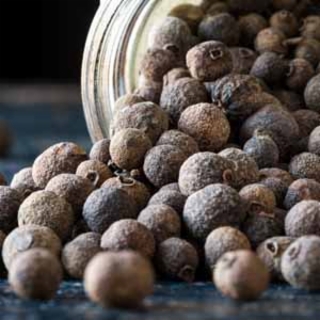
Allspice
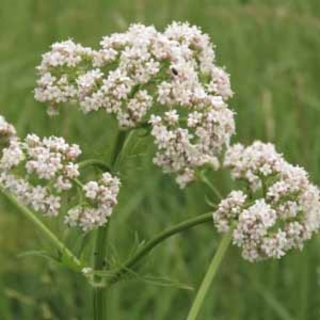
Anise
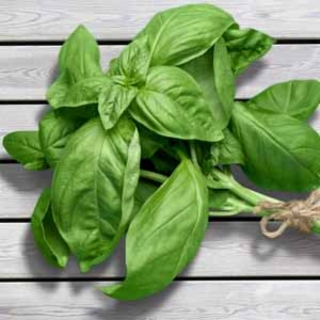
Basil

bay-leaves
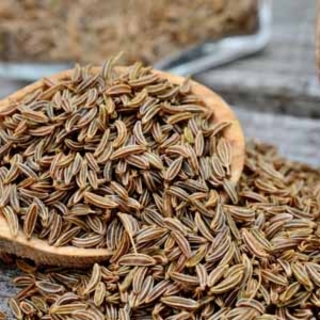
Caraway Seeds
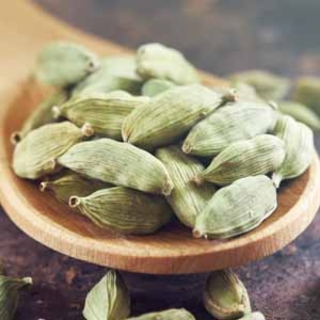
Cardamom
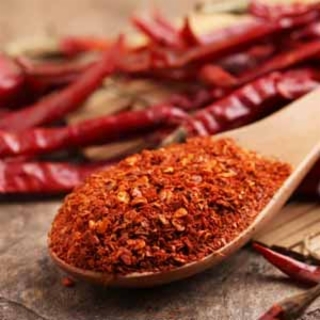
Cayenne-Pepper
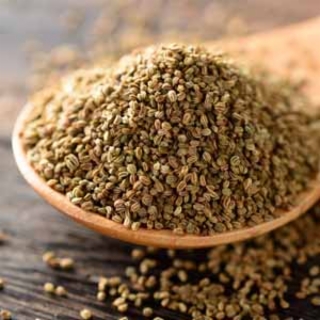
Celery-Seeds
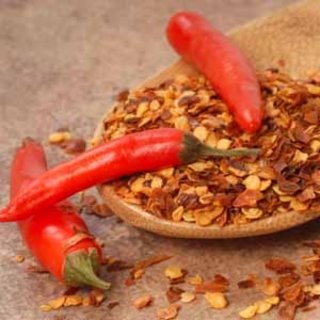
Chili-Flakesi
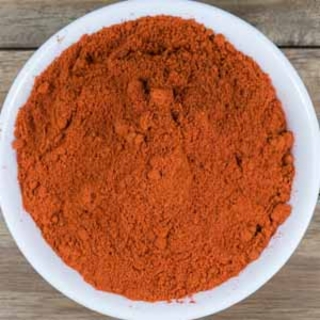
Chili-Powder
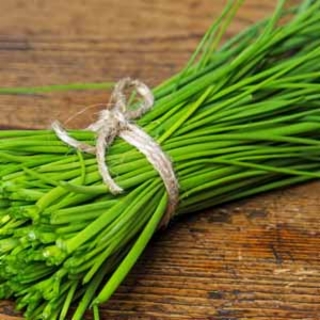
Chives
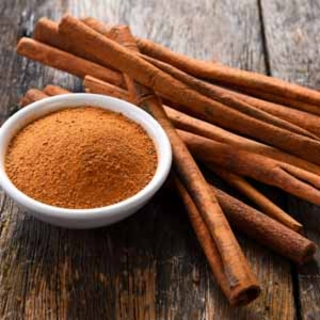
Cinnamon
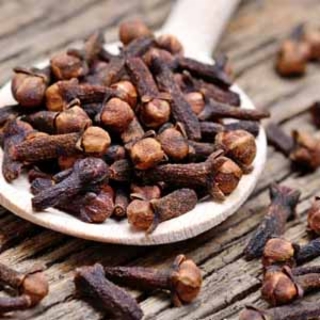
Cloves
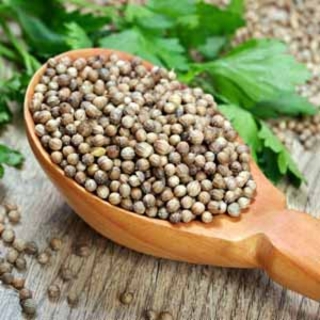
Coriander
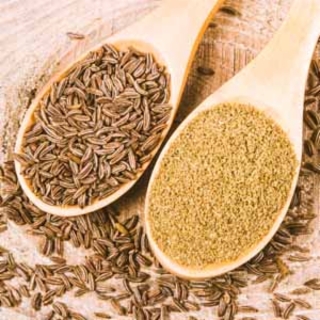
Cumin
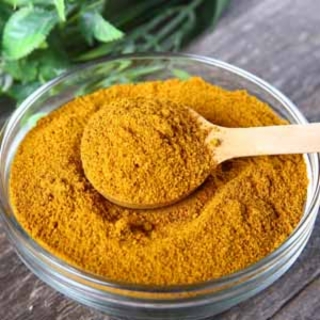
Curry-Powder
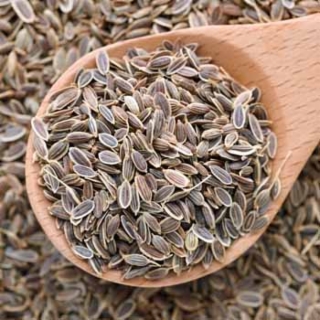
Dill-Seeds
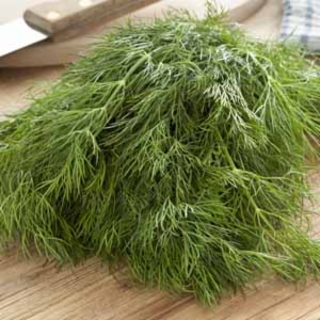
Dill-Weed
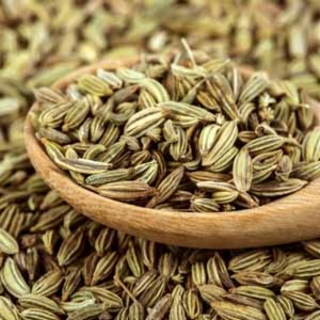
Fennel-Seeds
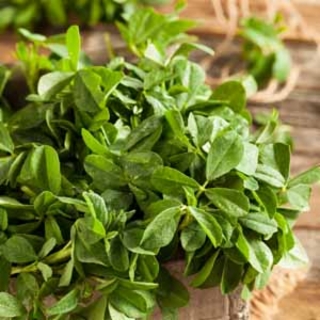
Fenugreek

Garlic-Powder

Ginger-Powder
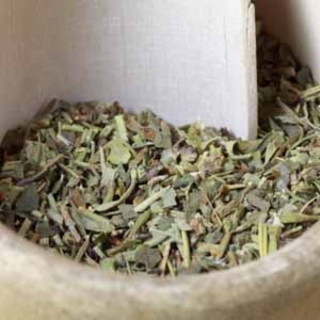
Herbes-de-Provence
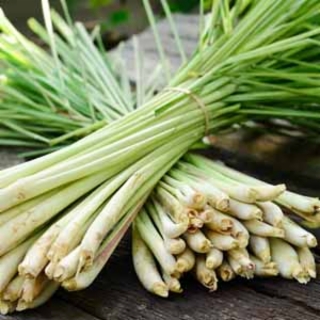
Lemon-Grass
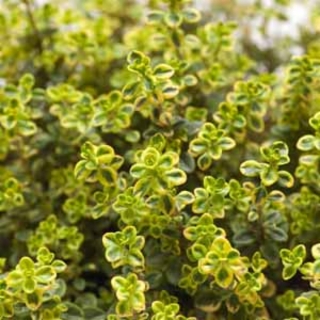
Lemon-Thyme
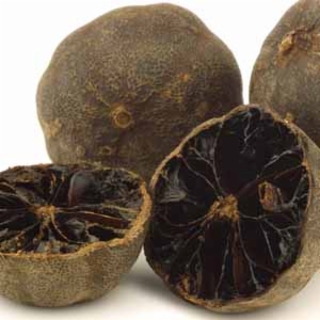
Loomi also know as dried Lime. I use it as a medicine

Mace
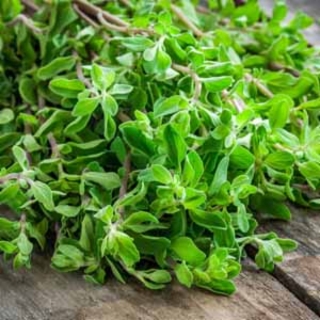
Marjoram
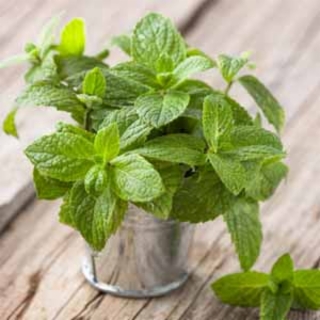
Mint
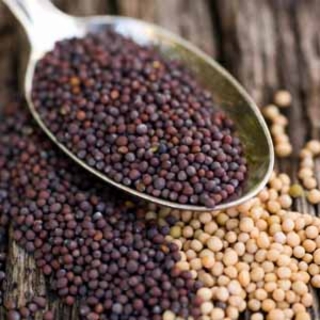
Mustard-Seeds
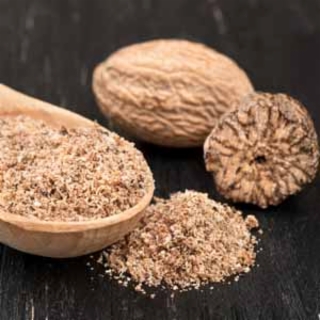
Nutmeg
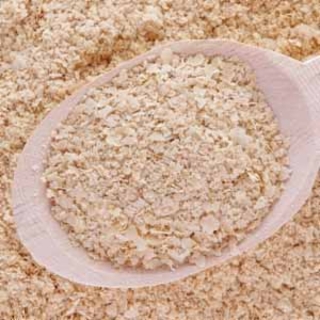
Nutritional-Yeast
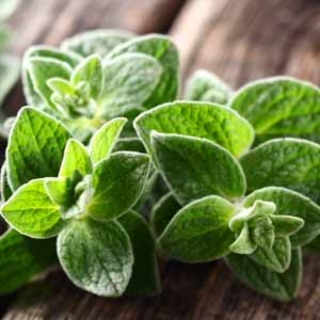
Oregano
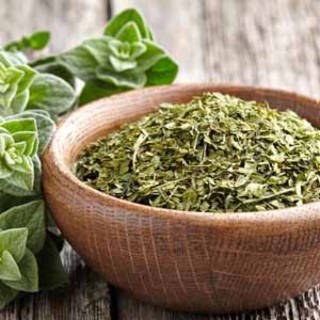
Oregano-Dried
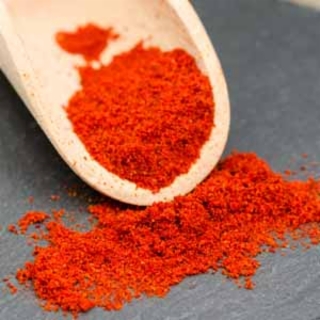
Paprika

Parsley

Peppercorns
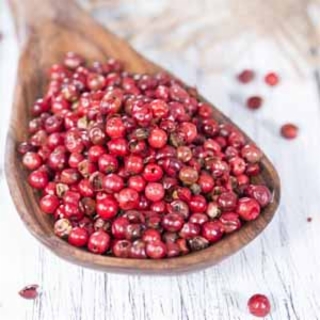
Peppercorns-Pink
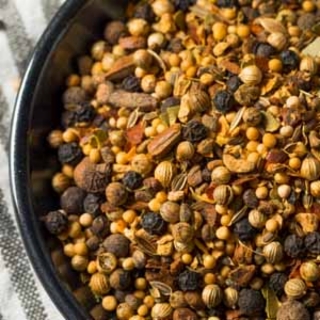
Pickling-Spice I make my own

Poultry-Seasoning I make my own

Pumpkin-Pie-Spice I make my own
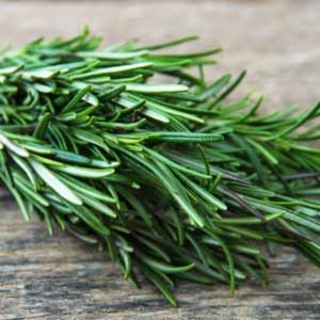
Rosemary

Saffron
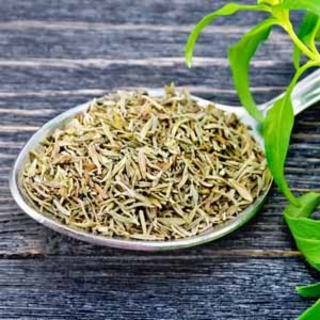
Savory-Dried

Smoked Paprika
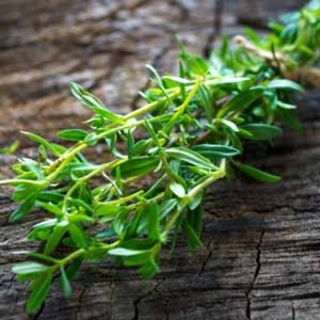
Kuvateksti
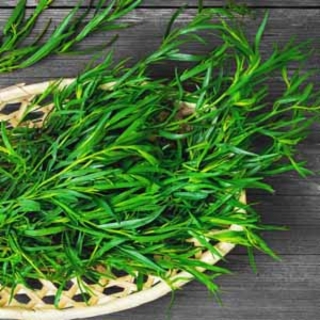
Kuvateksti
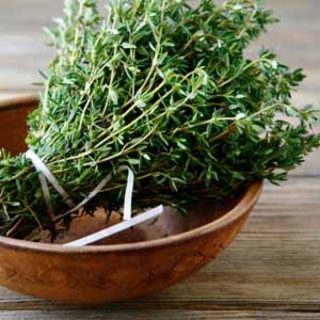
? Thyme

Kuvateksti

Turmeric
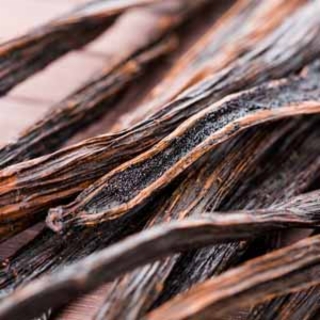
Vanilla
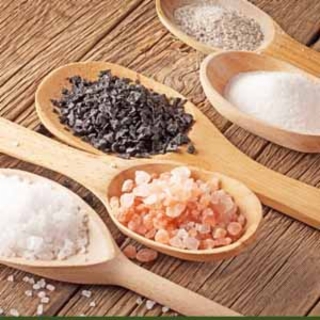
various types of salt
